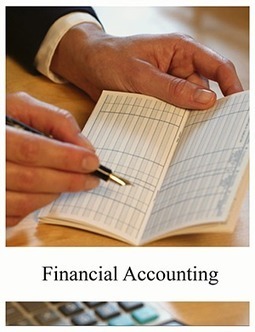Subsidiary ledgers in accounting involve the grouping of individual accounts that share a common element. Individual accounts that share a common element include suppliers, customers, inventory items and fixed assets. These individual accounts collectively add up to the value of the corresponding control account reported as a total in the general ledger. For example the accounts payable is the control account for the subsidiary ledger of suppliers and known as the creditors ledger. The accounts receivable is the control account for the subsidiary ledger of customers and known as the debtors ledger.

|
Scooped by
Peter John Baskerville
onto Basic Accounting Concepts August 27, 2011 7:56 PM
|





 Your new post is loading...
Your new post is loading...














